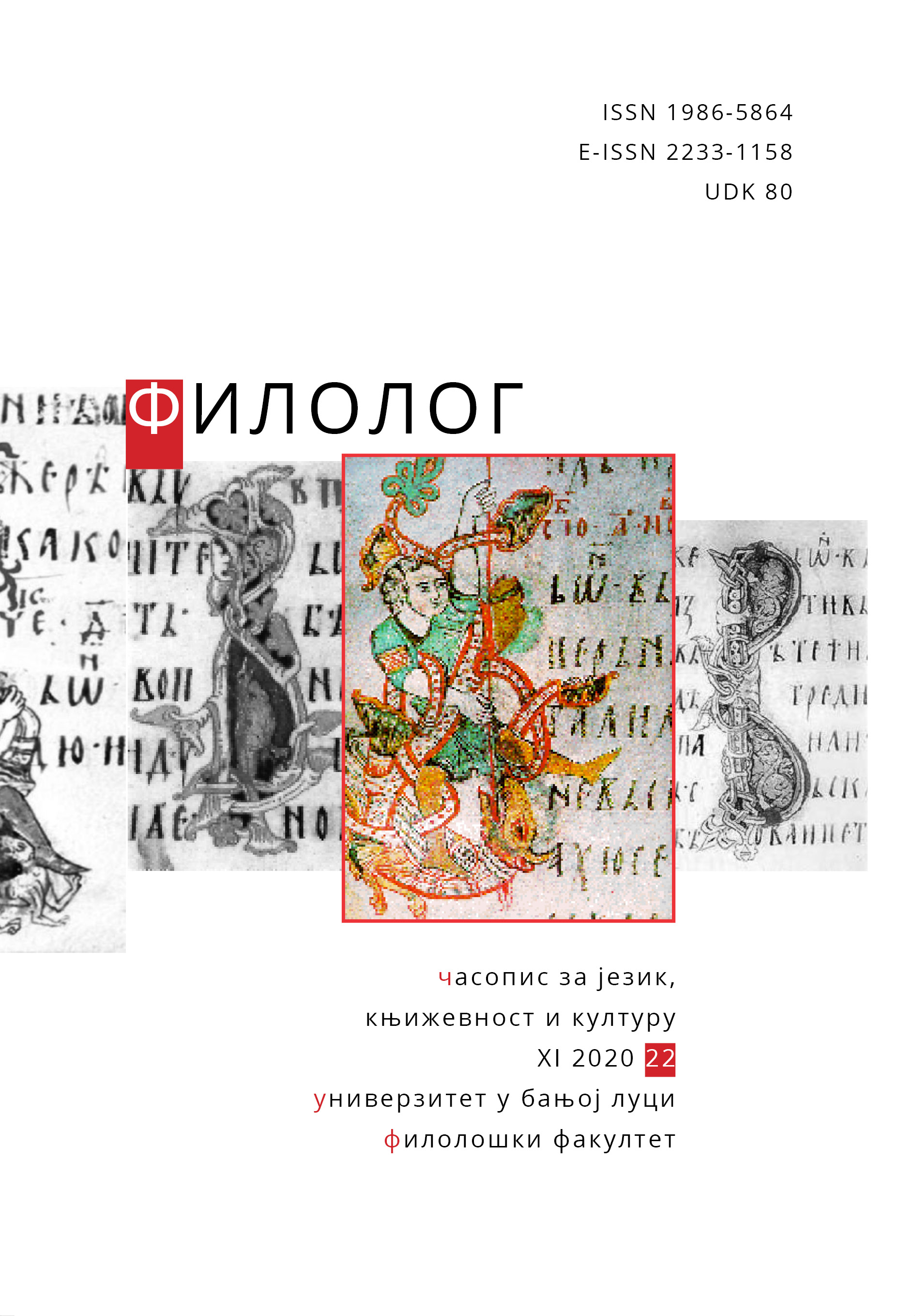Однос доминације и отпора у роману „High Fidelity”
The Relationship between Dominance and Resistance in the Novel “High Fidelity”
Author(s): Aleksandar M. ŽivanovićSubject(s): Anthropology, Language and Literature Studies, Studies of Literature, Comparative Study of Literature, Philology, Theory of Literature, American Literature
Published by: Филолошки факултет Универзитета у Бањој Луци
Keywords: dominance; resistance; High Fidelity; popular culture;
Summary/Abstract: This paper provides an analysis of the relationship of dominance and resistance in the novel High Fidelity. The aim of the paper is to identify the elements of popular culture in the novel and thus determine the nature of possible relationships in a patriarchal, capitalist society. The theoretical framework used in the paper is Fiske’s theory of popular culture (2001) and the analysis is based on regarding the characters as representatives of dominant and resistant forces. Men and the upper class constitute categories which are dominant in the relationship with subordinate ones – women and the lower class. In addition, the protagonist Rob is the prototype of a man who is subordinate to himself, i.e. to his representation of ideal male traits he lacks, according to his own beliefs. The subordinate put up resistance in different ways. Laura is a successful business woman who possesses a strong character, which places her into a better position than that of Rob. The protagonist uses music as one of the ways to express his resistance. As a lower class member (i.e. a poor entrepreneur), the protagonist opposes upper class members (wealthy entrepreneurs) in that he possesses moral principles which they often lack.
Journal: Филолог – часопис за језик, књижевност и културу
- Issue Year: 2020
- Issue No: 22
- Page Range: 283-298
- Page Count: 16
- Language: Serbian

